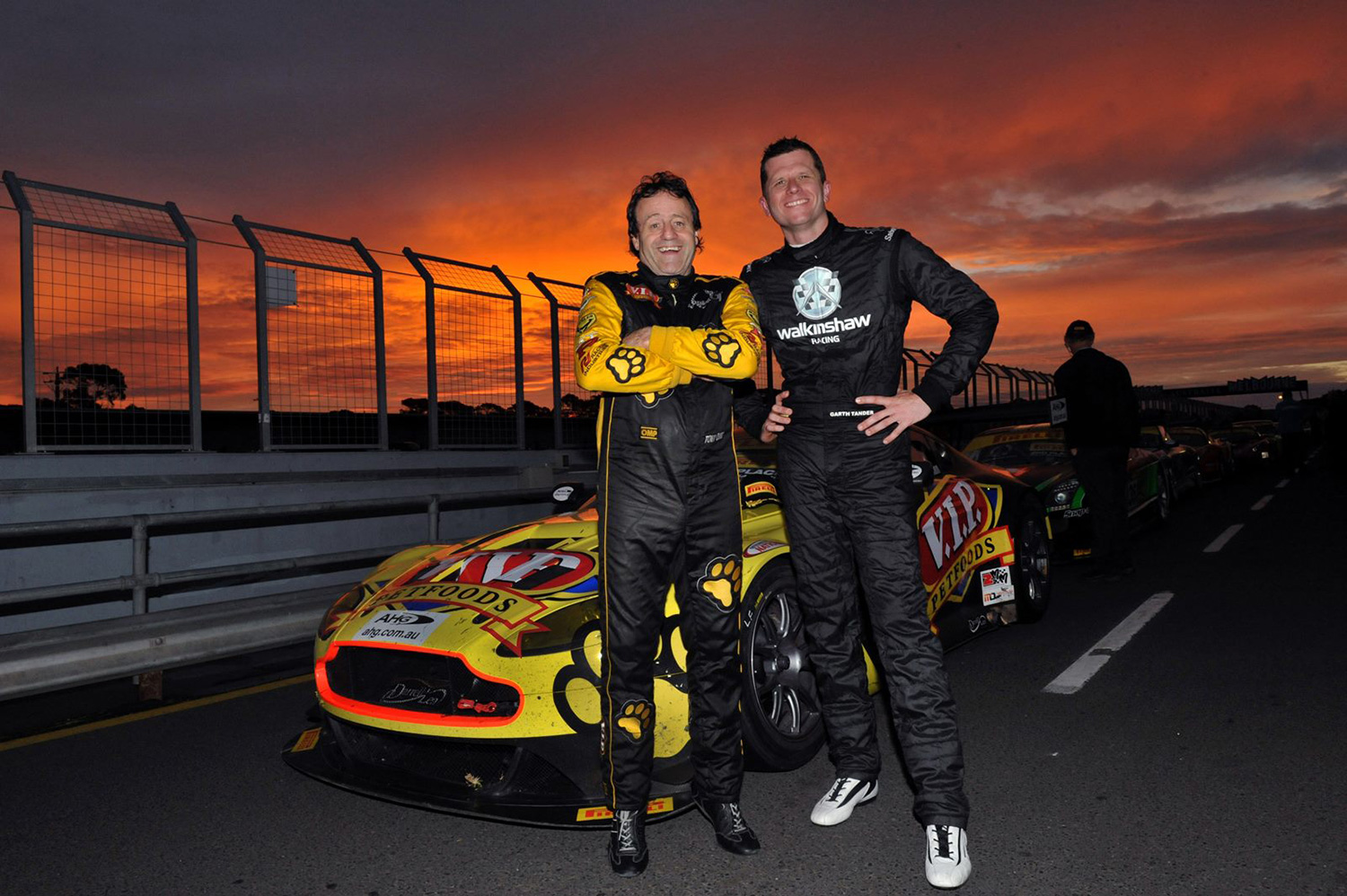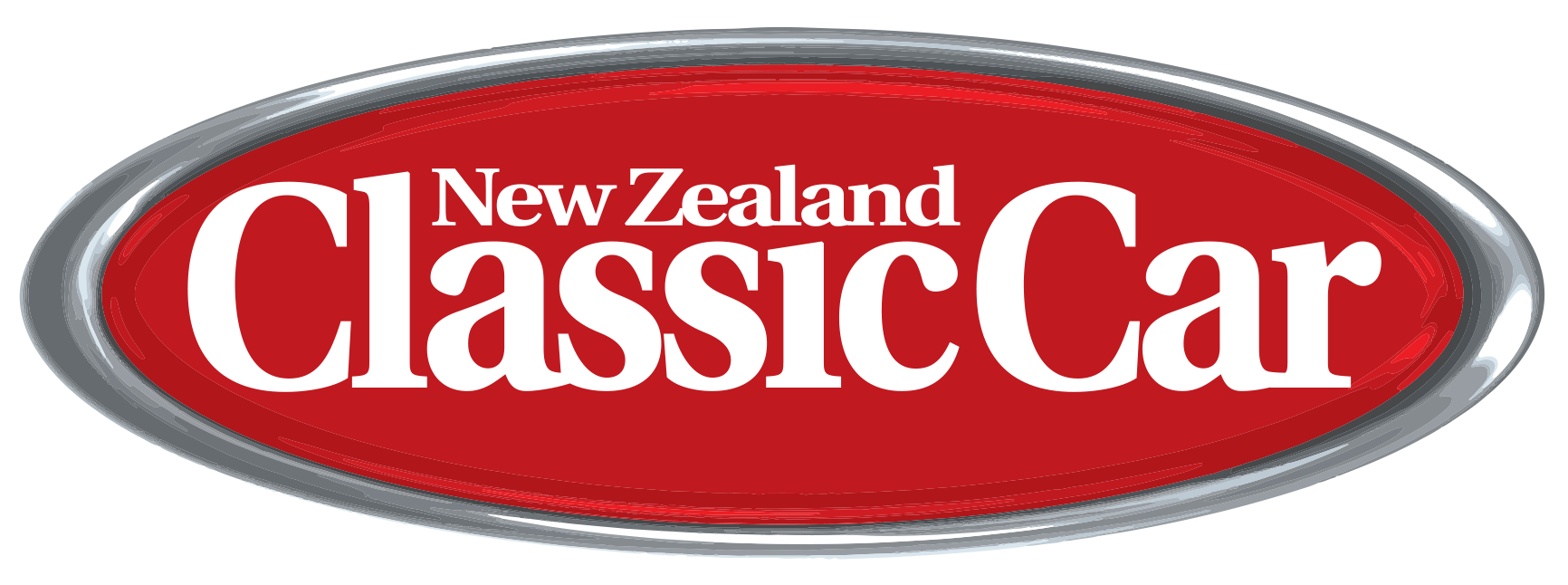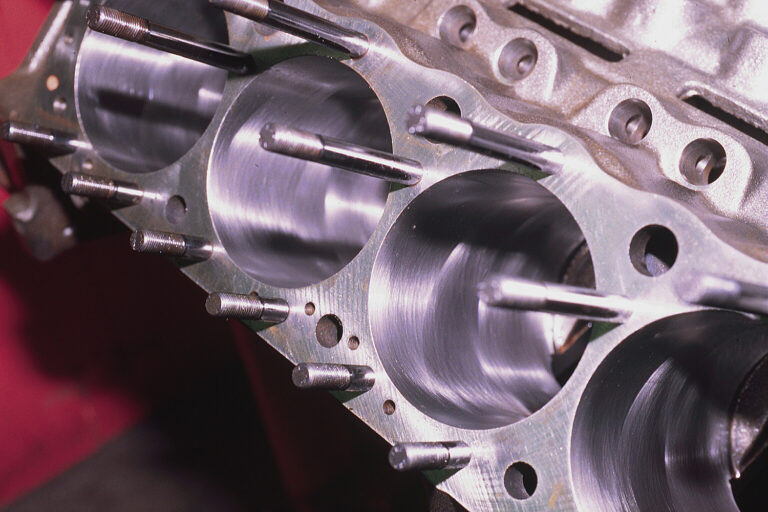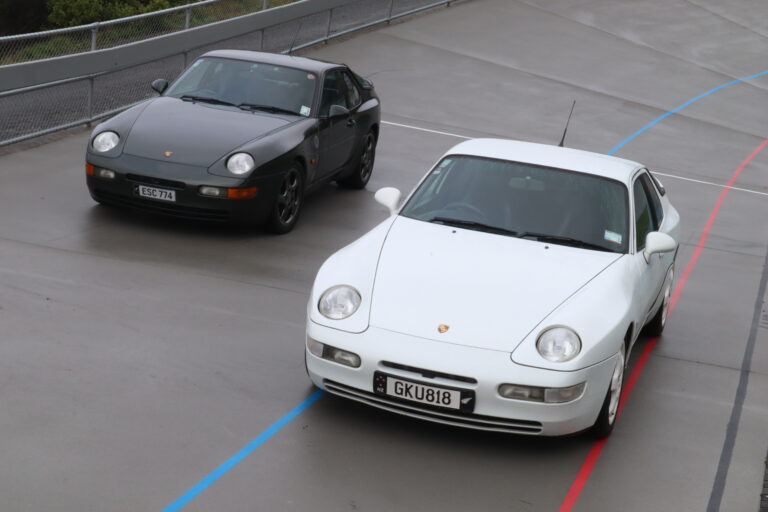With this year’s Highlands 101 endurance race meeting being held this weekend, November 8–9, at Highlands Motorsport Park in Cromwell, Tony Quinn has paired up with renowned V8 Supercars driver, and three-times Bathurst 1000 winner, Garth Tander, as he seeks both the Highlands 101 race win and the Australian GT Championship (AGT) title.

Tony Quinn (L) and Garth Tander will be pairing up for the Highlands 101 endurance race
Quinn, the Highlands Motorsport Park owner, is the only winner of the two 101-format races run to date, and will be driving the same six-litre V12 Aston Martin Vantage GT3. Tander is looking forward to Highlands 101, and parity afforded by the 101-format, saying, “When the ‘pro’ drivers like me compete, we can’t just come in and dominate, which is nice. It’s a bit like having a golf handicap.”

Tony Quinn and Fabian Coulthard winning a previous Highlands 101
Quinn is also in a strong position to secure the AGT title, sitting a mere 32 points behind current leader Richard Muscat. With Muscat enlisting Craig Baird as his co-driver, the competition in this final round of this AGT series has really ramped up, ensuring the weekend’s going to be one to watch. Highlands 101 takes place at Highlands Motorsport Park over the weekend of November 8–9. Tickets are available online from TicketDirect, or at the gate during the race weekend.


